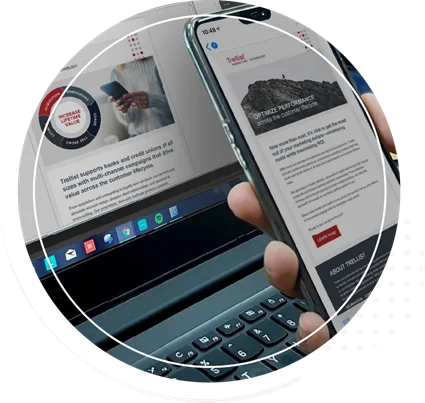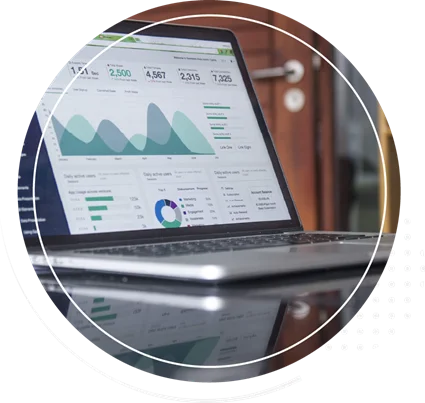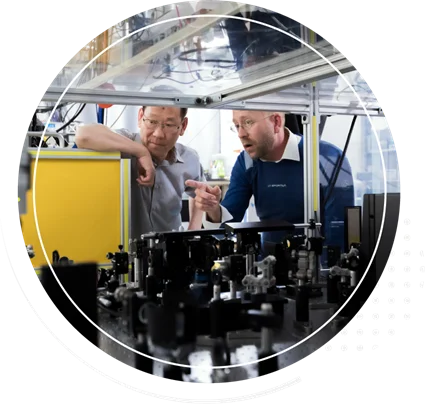Whether you have been working remotely for years or this is a change of pace, it seems that every business has taken work home. But are they prepared to do so?
Luckily, the tools we use to accomplish tasks and contribute to our organizations’ health and success have evolved. Automation, video conferencing, and private voice servers have made phone calls feel like a remnant from the Stone Age. These new technologies are intended to make the work we're doing more efficient, or at least increase the speed with which we produce deliverables. Employers and employees, using the same modern, reductionist approach, have also concluded that the places where we work can also be simplified.
Here at Trellist, most of our ALIVE development team has worked remotely for more than a year now, our first step toward building the company of the future. These are some lessons we’ve adopted in order to succeed while staying home:
Time and Space
You wake up and roll out of bed. You plop down on the sofa and open your laptop, vigorously opening your programs so you can check email and reply to those “good morning” IMs. Are you working from home? More likely you’re at home looking (air quotes) at work-related things, which is not the same as working.
Space is a fundamental requirement when working from home, therefore, you need to have a designated working space. You will keep files there. You will have meetings there. You will have technology and resources available there that will help you get your work done. It’s a place where you can maximize your constructive actions per minute. It will be separate from the spaces you use for entertainment and life in general.
Distractions are a reality and they take away from productive work. Chores, responsibilities, and other things we typically do while in our homes need to be compartmentalized. That way, we can dedicate the appropriate amount of attention to the tasks at hand. When you physically separate yourself from sources of distraction, you remove one of the most troublesome obstacles in this new work environment.
Dedicated work spaces are also important because when your work bleeds into the areas where you enjoy your life, it can complicate things. Suddenly your living room isn't a living room anymore, it's another office. Your kitchen is now your office-kitchen, which sounds silly but is of real concern.
Often, after switching to working from home, individuals find that their commute, while formerly an inconvenience, was actually a helpful mechanism for decompressing after a long day, one that aided the transition from work life to home life. Your commute home is when you stop working and switch to afterhours routines. Without a commute, the gradient between working and living becomes blurred. Work hours end but you remain in your work space, dabbling and not transitioning out, which prevents relaxation and can increase stress.
When working from home, it's important to set boundaries. Stick to a schedule as you would for a commuting job and transition between the phases of your day with discipline. Having immediate access to your colleagues and the ability to quickly respond to emergencies are clear benefits of having a home office, but a never-ending workday can reduce productivity and lead to burnout.
Productivity
Being productive isn't just about your own work; it’s about increasing the productivity of others, too. When you work from home, you're physically disconnected from your colleagues. This means that bonding moments, like their turning around to ask you a question, visiting your desk, or having an impromptu, off-topic conversation, are no longer a part of your work life. Relationships take more effort to maintain and are more important than before.
Having confidence that another employee is available helps move collaborative projects forward. If I feel like I can't reach you, I simply may not try, which can delay progress on a deliverable. So another crucial aspect of working remotely is communicating availability and remaining accessible. Often this requires over-communicating: routine meetings, more status updates, more frequent check-ins, and better documentation about project progress.
From a DevOps perspective, communicating project status and progress is tightly knit with another great productivity aid: time tracking tools. In Azure DevOps, the platform we use at Trellist to track tasks for the sites and products we build, all the features we develop are divided into individual pieces and assigned estimates. Together, those estimates create our “burn-down” rate, which helps convey to stakeholders that we are making progress even if they can't see the code being typed. This information can be displayed using boards or swim lanes or Gantt charts, but the bottom line is that it lives somewhere and can be easily accessed for the benefit of project managers and clients.
You may know what you’re working on but that doesn’t mean everyone does. As a rule, anything you’re working on should be able to be quickly referenced by people on your team so they can understand how you're spending your time and what you’re prioritizing. Don’t let your accomplishments be invisible.
Perspective
When working from home, your perspective on work needs to change just as much as your physical environment. You need to form new habits and may even have to adopt new technologies. Things to consider would be whether you have a suitable webcam, microphone, or if everything would be made easier if you had multiple monitors. Before you begin making any online purchases, check with your IT department and see if they can issue you a loaner.
One of the undeniable facts about working from home is that you may need to become proficient at technical skills that were previously another person’s entire job. Just remember that this isn't you taking on more work responsibilities; this is simply what you must do to remain a contributing team member. Your interactions with your team are now defined by the new way you communicate with them, which in this case is entirely digital. The effort you put into communicating effectively over these channels is always appreciated.
Routine
What solidifies all these changes is the creation and implementation of a new routine. You’ve changed from professional to personal spaces and you’re starting and stopping work at scheduled times. You're solving infrastructure problems in your home office and getting more done than ever before. But the fact is, you’ve been at home all day and possibly all week.
Part of succeeding at working remotely is having the discipline to incorporate healthy lifestyle activities into your routine however you can, whether that’s having a happy hour over webcam or taking a walk around your neighborhood. These are intended to get you out of your work-from-home environment in ways that are meant to negate burnout while remaining mindful of current events.
As we keep an eye on the news, it can feel as though this way of working will become the new normal—at least for now. As each of us adjust and fall into routines, remember that the physical separation won’t last forever, and that we have the technology available to stay connected and keep our spirits lifted.
Interested in working for Trellist? Contact careers@trellist.com.













